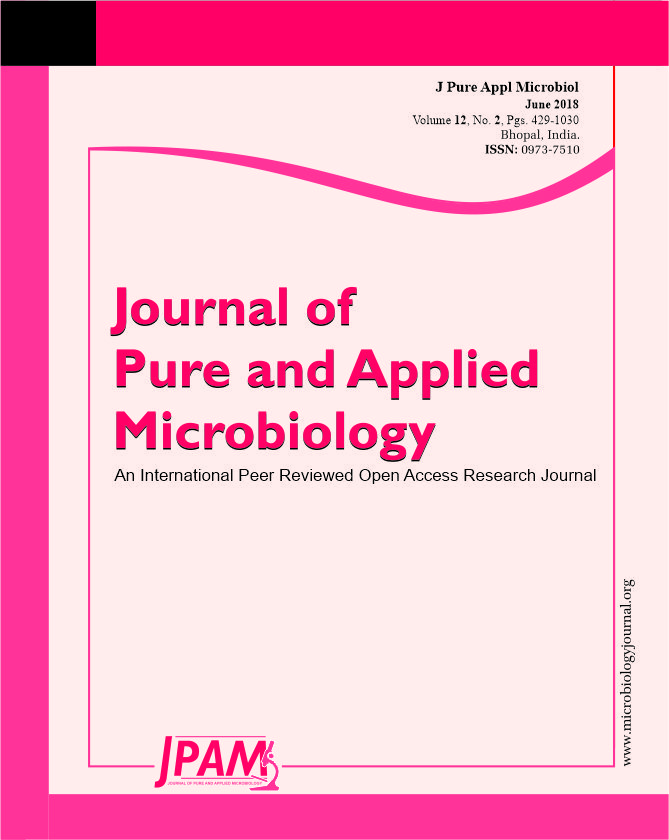In the present study, 30 multidrug-resistant bacterial samples were isolated from different hospitals in the Taif governorate in Saudi Arabia. Given its discriminating power as a universal phylogenetic marker, the 16S rDNA gene was sequenced in a comprehensive diversity study to determine the evolutionary and phylogenetic relationships among the bacterial isolates. The 16S rDNA genes of all isolates were successfully amplified using PCR, and comprehensive identification results were based on GenBank databases. Analysis revealed nucleotide identities ranging from 76% to 100% based on the consensus sequences of 21 species, namely, Bacillus cereus, Bacillus subtilis, Bacillus tequilensis, Caldimonas manganoxidans, Citrobacter freundii, Enterococcus faecium, Escherichia fergusonii, Klebsiella pneumoniae, Lactobacillus plantarum, Lactococcus garvieae, Leuconostoc mesenteroides, Myristica yunnanensis, Pantoea eucrina, Pseudomonas aeruginosa, Staphylococcus aureus, Staphylococcus capitis, Staphylococcus caprae, Staphylococcus epidermidis, Staphylococcus hominis, Staphylococcus petrasii, and Staphylococcus saccharolyticus. We observed high variability in terms of DNA length and GC content between and within species. Phylogenetic analysis clustered the isolates into three groups. The number of sites ranged from 827 (S. aureus) to 1,219 (L. mesenteroides). Estimation of nucleotide diversity (ð) showed that all analyzed sequences were diverse site-wise and also exhibited high nucleotide diversity, with ð values ranging from 0.17 to 0.94. All isolates showed significantly conserved regions (P>0.05). In conclusion, the observed variations in the sequences of the target bacterial strains can be attributed to resistance to antibiotics and gene transfer among bacterial strains in the hospital environment. Further sequence analyses of antibiotic resistance genes are warranted.
Multi-drug resistant bacteria, 16s rDNA sequencing, PCR, nucleotide diversity.
© The Author(s) 2018. Open Access. This article is distributed under the terms of the Creative Commons Attribution 4.0 International License which permits unrestricted use, sharing, distribution, and reproduction in any medium, provided you give appropriate credit to the original author(s) and the source, provide a link to the Creative Commons license, and indicate if changes were made.


